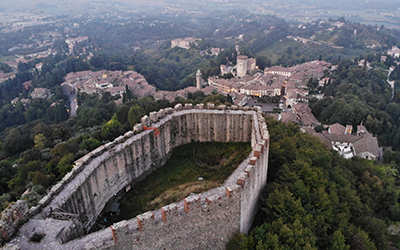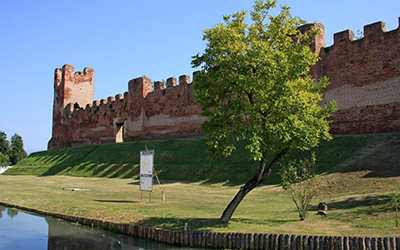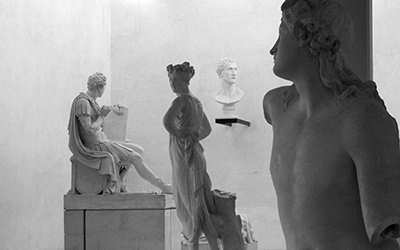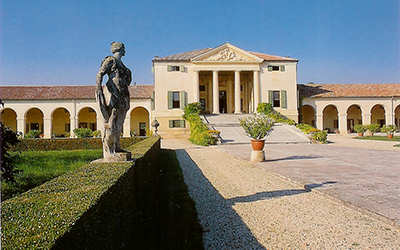TREVISO
La Loggia dei Cavalieri: of the 13th century, is a fascinating room with open walls decorated with frescos, the meeting place for symposia, conversations and games for the nobility, the “Cavalieri”
The Ancient wall, called “le mura di Frà Giocondo”: is almost 4 km long and is composed by elements from different ages: medieval (the gate Porta Altinia), of the 15th century (gate Scaligeri) and of the 16th, defensive elements build up to protect the city from the Chambray’s army. Treviso represented the main city of the Republic of Venice on the mainland
ASOLO

CASTELFRANCO VENETO

POSSAGNO

It is the native city of Antonio Canova, epitome of the neoclassical style, who left his wide heritage in his native home and in the Gipsoteca, the neighbouring museum that contains the original models of the sculptures, the terracotta sketches, drawings and paintings.
VILLAS BY ANDREA PALLADIO

Villa Emo (around 1560) in Fanzolo and Villa Barbaro in Maser, painted by P. Veronese and UNESCO-heritage. Villa Barbaro is still producing fine wines from its vineyard.